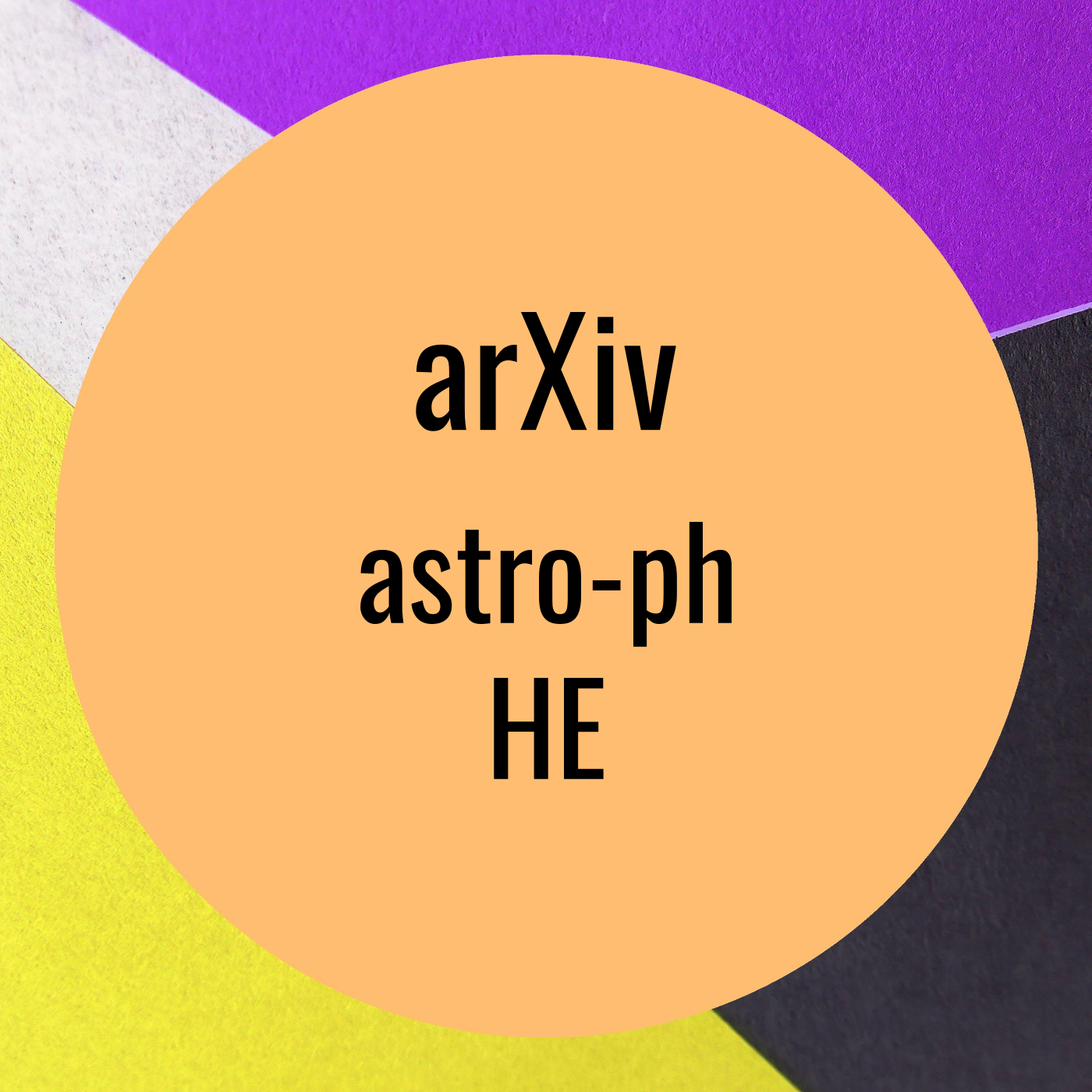Machine learning classification of CHIME fast radio bursts -- I Supervised methods
Description
Machine learning classification of CHIME fast radio bursts -- I Supervised methods by Jia-Wei Luo et al. on Wednesday 30 November
Observationally, the mysterious fast radio bursts (FRBs) are classified as
repeating ones and apparently non-repeating ones. While repeating FRBs cannot
be classified into the non-repeating group, it is unknown whether the
apparently non-repeating FRBs are actually repeating FRBs whose repetitions are
yet to be discovered, or whether they belong to another physically distinct
type from the repeating ones. In a series of two papers, we attempt to
disentangle this mystery with machine learning methods. In this first paper, we
focus on an array of supervised machine learning methods. We train the machine
learning algorithms with a fraction of the observed FRBs in the first CHIME/FRB
catalog, telling them which ones are apparently non-repeating and which ones
are repeating. We then let the trained models predict the repetitiveness of the
rest of the FRB data with the observed parameters, and we compare the
predictions with the observed repetitiveness. We find that the models can
predict most FRBs correctly, hinting towards distinct mechanisms behind
repeating and non-repeating FRBs. We also find that the two most important
distinguishing factors between non-repeating and repeating FRBs are brightness
temperature and rest-frame frequency bandwidth. By applying the trained models
back to the entire first CHIME catalog, we further identify some potentially
repeating FRBs currently reported as non-repeating. We recommend a list of
these bursts as targets for future observing campaigns to search for repeated
bursts in a combination with the results presented in Paper II using
unsupervised machine learning methods.
arXiv: http://arxiv.org/abs/http://arxiv.org/abs/2210.02463v2
More Episodes
Hard X-ray Observations of the Hydrogen-poor Superluminous Supernova SN 2018hti with NuSTAR by Igor Andreoni et al. on Wednesday 30 November
Some Hydrogen-poor superluminous supernovae are likely powered by a magnetar
central engine, making their luminosity larger than common supernovae....
Published 11/30/22
Fundamental physics with neutron stars by Joonas Nättilä et al. on Wednesday 30 November
Neutron stars are rich laboratories of multiple branches of modern physics.
These include gravitational physics, nuclear and particle physics, (quantum)
electrodynamics, and plasma astrophysics. In this...
Published 11/30/22
Published 11/30/22


